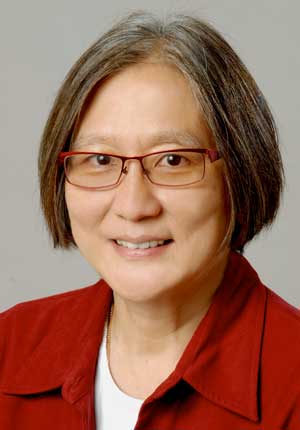Sarah Yang, UC Berkeley

Two of the world’s most eminent research institutions from the United States and the United Kingdom issued a joint publication today (Feb. 27) that distills climate change science in an effort to help policymakers and the larger public make informed decisions and develop effective responses for mitigating its damaging effects.
The U.S. National Academy of Sciences team, led by UC Berkeley atmospheric scientist Inez Fung, partnered with the U.K. Royal Society, led by University of Cambridge paleoclimatologist Eric Wolff, to release the publication, “Climate Change: Evidence and Causes.”
Fung, Wolff and other co-authors presented the report this morning along with the presidents of the NAS and Royal Society at a public briefing in Washington, D.C., moderated by Miles O’Brien of the PBS Newshour. (The recorded webcast of the briefing will be posted on the NAS website within the next two days.)
The publication summarizes and highlights what is well understood in the field of climate study, and points to areas of uncertainty that require more research. Key points include:
- Current concentrations of atmospheric carbon dioxide (CO2) have risen to levels unprecedented in the past 800,000 years.
- Evidence is clear that the increased CO2 (40 percent since 1900) comes primarily from fossil fuel combustion.
- The increased CO2 is largely responsible for the warming.
- The ocean is becoming more acidic as it continues to absorb CO2.
- The scope of future impacts, including effects on regional ecosystems, needs to be better understood.
At the briefing, Fung and her fellow scientists noted that one of the biggest misconceptions about warming trends is that change proceeds in a linear, constant fashion. Instead, warming trends proceed in a “staircase” model that includes “wobbles,” though the overall direction is clear.
“There will always be cold nights and cold days in these warming trends, but what we expect is that they will be rarer and rarer,” said Fung.
The scientists emphasized the need for greater public education and outreach. They said they wrote the joint publication with that goal in mind, and expressed hope that the information will play a role in taking effective action to address a changing climate caused by humans.

